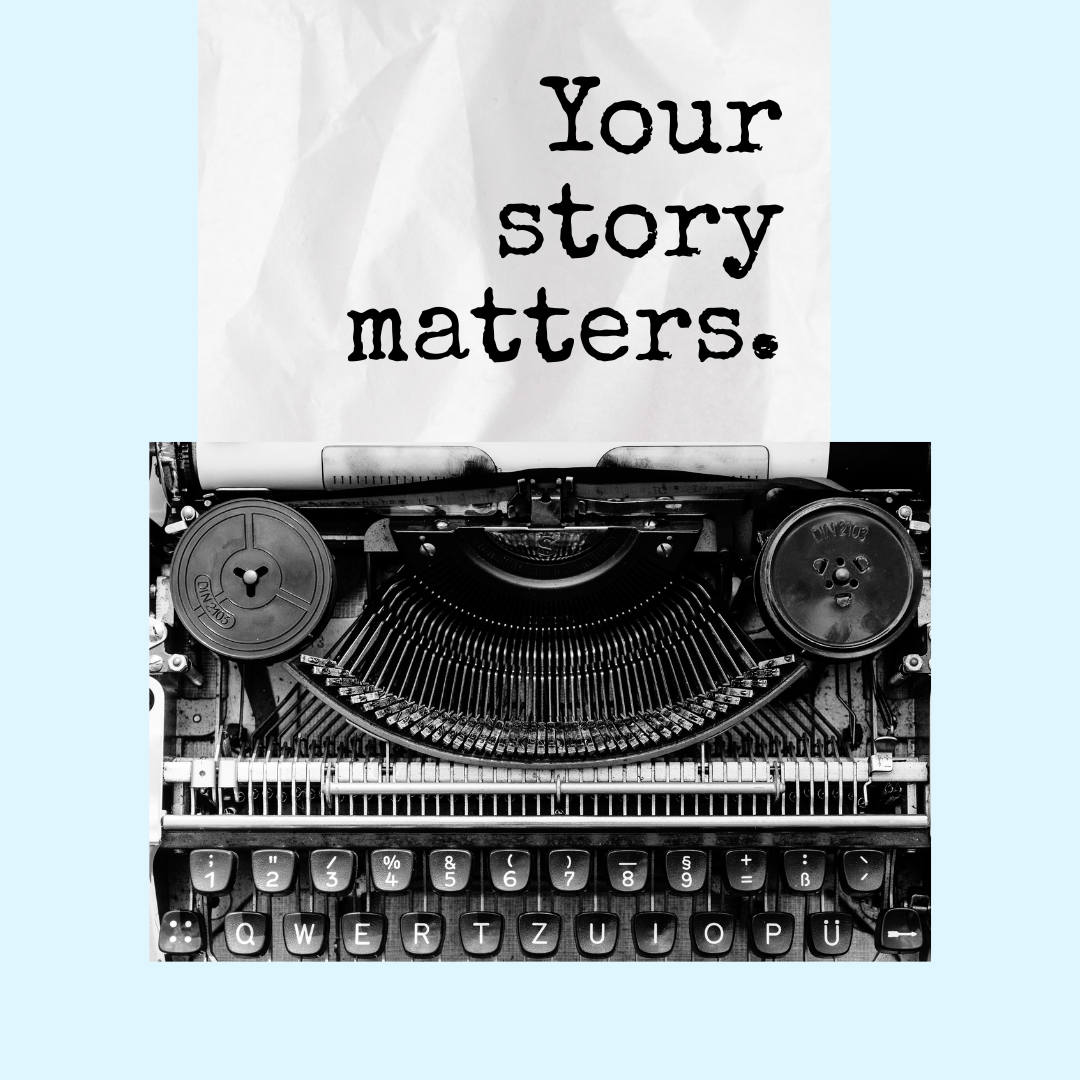
Building a Digital Legacy: Why Your Story Matters
By | April 22, 2025
4 min read
The evolution of storytelling is a unique glimpse into humanity. It has evolved over time with the most recent introduction of new technologies. From cave drawings, oral traditions passed through generations, to written narratives, and now digital timelines. Digital timelines have several benefits for users, starting with accessibility. Memories can be shared instantly across the globe! The longevity of digital formats also ensures that stories won’t be lost to time. With tools like Timelapse, it has become simple to compile and organize both written narratives and photos or videos. Users have the opportunity to transform their personal history by bringing family stories to life in new ways.
Even and especially in the digital age, your story has value. Tahir Shah, British author and journalist, proclaims that “Stories are a communal currency of humanity.” That is, our stories are what make us human, our stories connect us to each other, and our stories are valuable. In an increasingly globalized and digital age, some of our stories may be diluted, muted, or even lost. It is of the utmost importance that families and individuals honor these stories by preserving them in modern ways for our histories to endure.
Timelapse is an innovative platform with a digital timeline and other features which act as an online memory vault. With Timelapse, individuals and families can build or add to their digital legacies to immortalize their stories, lessons, and wisdom to be shared with future generations. Digital legacies are what is left behind of us in a digital format after we are gone.
By connecting the past, present, and future, our personal stories can create bonds between and across generations. Families often preserve ten core stories that carry lessons and values, tailored to their audiences. These stories, whether shared orally or through mediated forms, act as a form of inheritance, passing down not just knowledge but the essence of shared values and experiences. These kinds of inheritances then create a true sense of belonging for youth and older generations alike because storytelling is an active process for all involved.
Collaborative storytelling projects, such as pairing elders with youth, foster both community engagement and personal growth. Initiatives like Building a Community Legacy Together (BCLT) illustrate the mutual benefits: elders find purpose and pride in sharing their wisdom, while youth gain insight, empathy, and an enriched understanding of their heritage. Similarly, community legacy programs strengthen social bonds by preserving shared cultural elements and practices. These intergenerational dialogues bridge the gap between nostalgia and change, offering lessons in resilience, adaptability, and the enduring relevance of shared values.
Because memories are irreplaceable, they are also very fragile. If we don’t record them, we risk the possibility of losing them. We can build our legacies for personal fulfillment, empowering youth with information about their family’s history, connecting with others and potentially even sparking new relationships from our storytelling and preservation efforts. There are several key components of a digital timeline. Timelapse suggests starting with significant life milestones such as birthdays, weddings, graduations, and achievements. Next, family traditions and cultural practices should be prioritized, such as recipes, customs, and holidays. Further, users can reflect on lessons learned by sharing insights, values, and advice to pass on. These reflections can also be private to the user with data such as journal entries, letters, or recordings that add depth and perspective. Finally, digital timelines should have important photos and videos that capture special moments and different emotions. It is clear that digital timelines can be most enjoyable with a balance of personal and universal - both unique stories and relatable experiences may create a compelling legacy for users and future viewers.
To get started on your digital timeline, Timelapse recommends 4 main steps:
Step 1: Organize your memories: Collect your photos, videos, and written stories in one place.
Step 2: Explore Timelapse’s features: Easy uploads, secure storage, and storytelling templates to help you.
Step 3: Involve your family: Encourage collaboration by inviting your family members to contribute their stories and perspectives.
Step 4: Keep it updated: Make it a habit to add to your timeline regularly to capture ongoing moments.
Because we all have time constraints, starting small is always a good approach: record a single story or scan old photos. Remember that every story has inherent value and can bring you joy or clarity while also inspiring future generations. Your stories are your legacy. Start your digital timeline today with Timelapse and pledge to build and share your digital legacy with loved ones.
